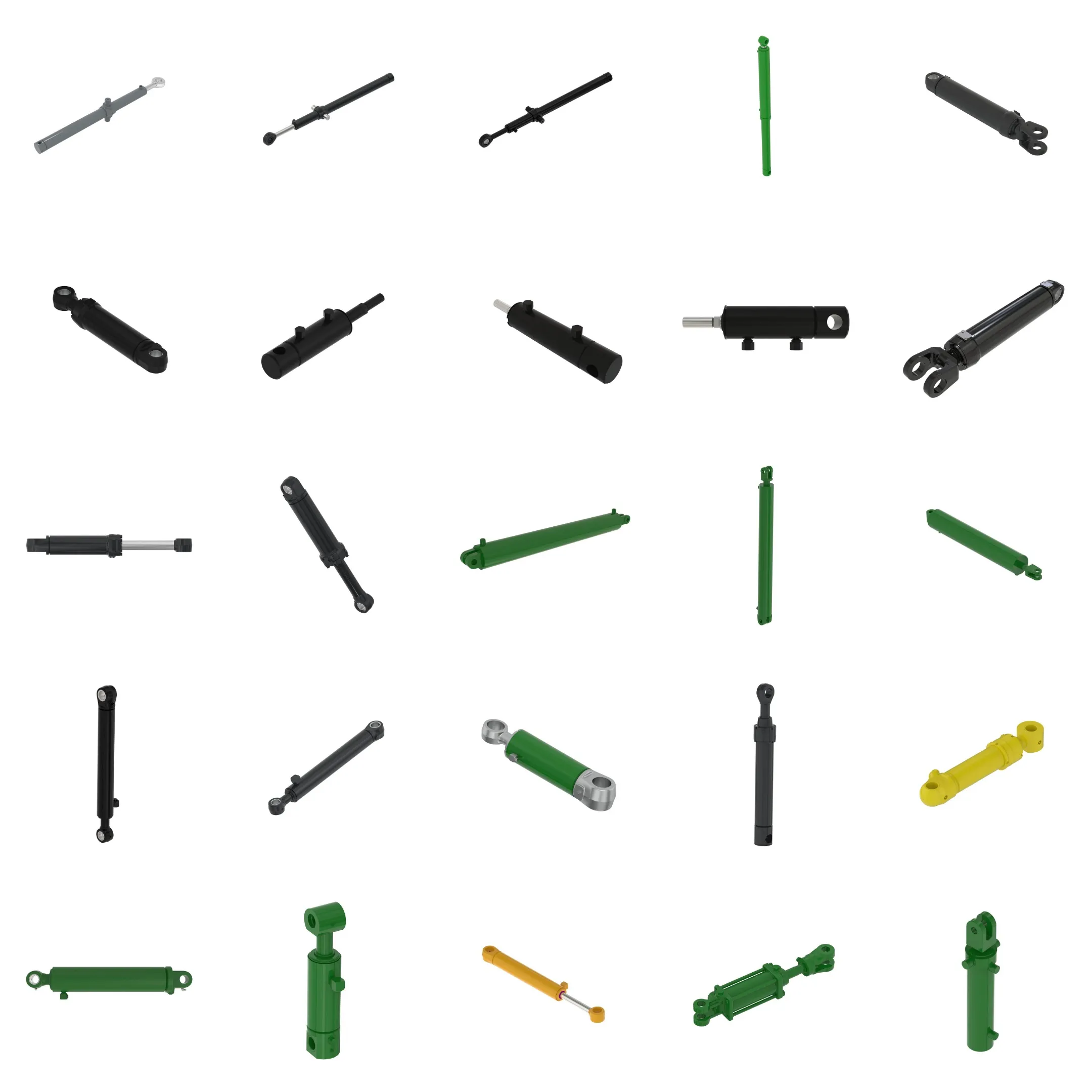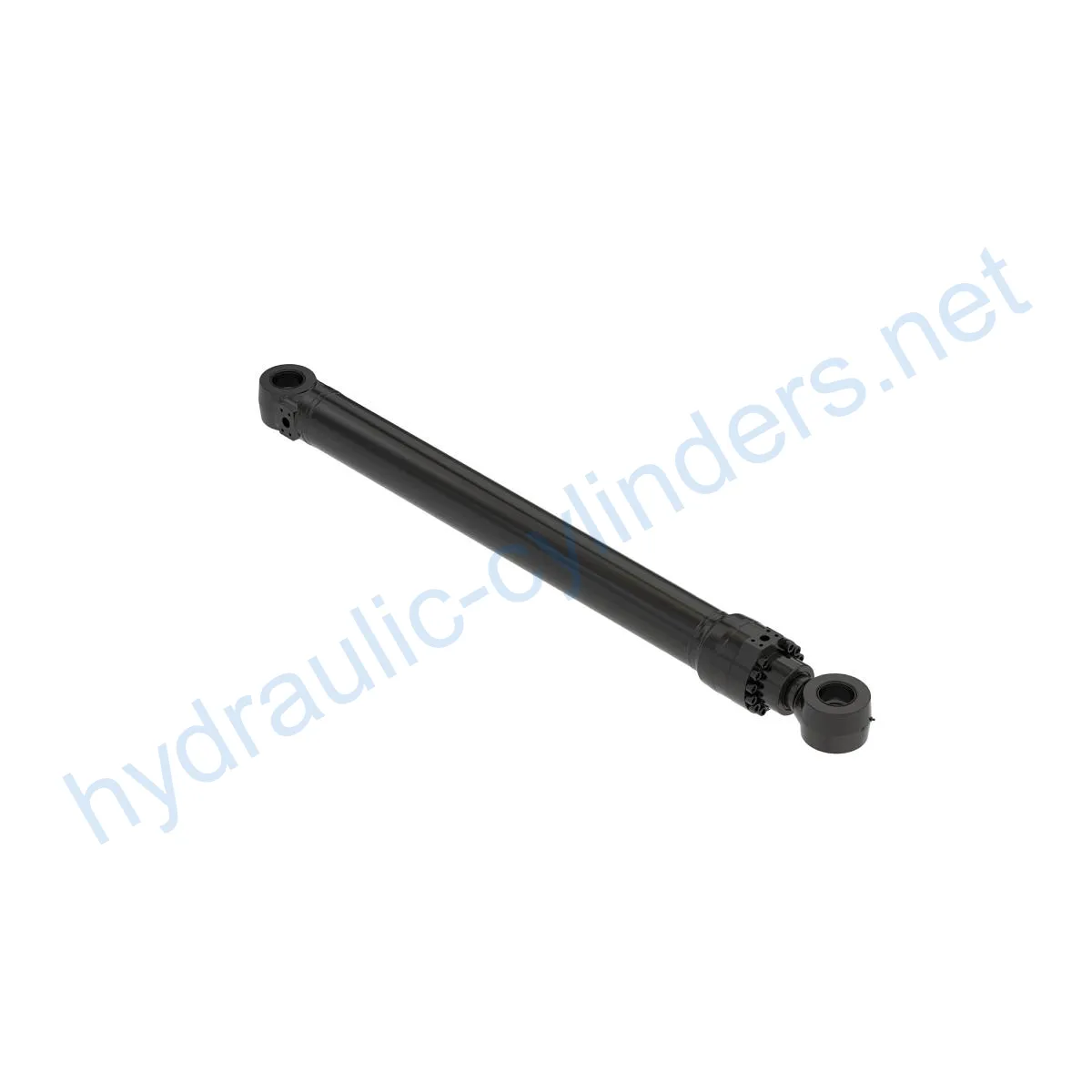Replacement Of AT506018 Hydraulic Cylinder
Kaip vienas iš hidraulinių cilindrų gamintojų, tiekėjų ir mechaninių produktų eksportuotojų, mes siūlome hidraulinius cilindrus ir daugelį kitų produktų.
Susisiekite su mumis dėl išsamesnės informacijos.
Paštas:sales@hydraulic-cylinders.net
Hidraulinių cilindrų gamintojas, tiekėjas ir eksportuotojas.
Replacement Of AT506018 Hydraulic Cylinder
The Replacement Of AT506018 Hydraulic Cylinder is a type of hydraulic cylinder that is used to replace the original AT506018 hydraulic cylinder in machinery models E210 E230-II. This hydraulic cylinder has a weight of 681.429 lb, a height of 13.5 in, a width of 17 in, and a length of 93 in.
Product Features
Improved Equipment Performance
Replacing damaged or worn hydraulic cylinders can restore equipment’s normal operating ability and ensure its performance in various applications.
Enhanced Safety
Regularly replacing hydraulic cylinders can reduce safety hazards caused by cylinder failures, ensuring the safety of operators and equipment.
Overload Protection
New cylinder designs often consider better overload protection mechanisms, improving safety.
Fast Installation
Modern hydraulic cylinder designs often consider ease of installation and replacement, minimizing downtime.
Standardized Parts
Many hydraulic cylinders are standardized products, making it easier to obtain replacement parts in the market.
Our product can perfectly replace these hydraulic cylinders, and it is suitable for a variety of applications, including but not limited to:
- Excavators ?C replacing damaged hydraulic cylinders in the arm or bucket of the excavator can restore normal operations.
- Cranes ?C regularly replacing the crane’s lifting arm hydraulic cylinder can ensure safety during frequent lift and lower operations.
- Tractors ?C replacing the front loader hydraulic cylinder in the tractor’s continuous lifting and tilting operations can prevent leaks or performance degradation.
- Harvesters ?C replacing the hydraulic cylinder in the harvester’s high-pressure hydraulic system is essential to maintain work efficiency.
- Automated production lines ?C hydraulic cylinders are used to control robotic arms and other automated equipment, so regular maintenance is necessary to maintain production efficiency.
- Die-casting machines ?C regularly replacing hydraulic cylinders can ensure product quality in high-pressure and high-temperature environments.
- Mining equipment ?C hydraulic cylinders used in mining equipment to lift and move heavy objects need regular inspections and replacements to avoid equipment failures.
- Bulldozers ?C wear on the hydraulic cylinder in the bulldozer’s push arm can lead to decreased pushing power, requiring timely replacement to maintain work efficiency.

Maintenance Tasks
Regular maintenance is necessary to ensure the longevity of hydraulic cylinders. Common maintenance tasks include:
Regular Inspection
Hydraulic cylinders should be inspected regularly to detect any signs of wear or damage. Inspections should include checking for hydraulic fluid leaks, damaged cylinder rods, and worn seals or gaskets.
Proper Lubrication
Hydraulic cylinders need to be lubricated regularly to prevent wear and tear. The type and amount of lubrication required will depend on the specific cylinder, so it’s essential to follow the manufacturer’s recommendations.
Seal Replacement and Calibration Check
Hydraulic cylinders may require seal replacement and calibration checks to ensure that all components are working correctly. These tasks require specialized knowledge and equipment, so it’s best to leave them to professionals.
Proper installation, lubrication, and adjustment are essential to ensure the longevity of hydraulic cylinders. During installation, it’s critical to provide correct alignment guidance for the cylinder and recommend using appropriate mounting brackets to secure the cylinder. Recommended inspection, repair, and replacement procedures should be followed to maintain the longevity of hydraulic cylinders.
Safety is a crucial consideration when using hydraulic cylinders. When handling hydraulic cylinders, it’s essential to follow safety guidelines and take appropriate measures to prevent accidents. It’s also necessary to be aware of environmental factors that can affect hydraulic cylinder performance, such as temperature and humidity.
Fault Diagnosis and Common Issues
Hydraulic cylinders may experience a variety of problems that can affect their performance, including:
- Hydraulic fluid leaks
- Damaged cylinder rods
- Worn seals or gaskets
- Excessive noise or vibration
- Sluggish or jerky movement
To diagnose and solve these issues, it’s essential to have a basic understanding of hydraulic systems and the components that make them up. For example, hydraulic fluid leaks are often caused by damaged seals or gaskets and can be solved by replacing these components. Excessive noise or vibration can be caused by worn cylinder rods or loose fittings and can be solved by tightening or replacing these components.
To prevent these issues, it’s essential to perform regular inspections and maintenance tasks, such as lubrication, seal replacement, and calibration checks. It’s also essential to use hydraulic cylinders within their specified operating parameters and avoid overloading or overheating them.

Design Considerations and Selection Criteria
When selecting hydraulic cylinders, several design considerations and selection criteria should be taken into account. These include:
Bearing Capacity
The bearing capacity of a hydraulic cylinder refers to the maximum load it can support. When selecting hydraulic cylinders, it’s essential to consider the weight of the load it will be supporting and choose a cylinder with an appropriate bearing capacity.
Sealing and Durability
Hydraulic cylinders need to be sealed to prevent hydraulic fluid leaks and to ensure durability. Choosing high-quality seals and durable materials can help increase the lifespan of hydraulic cylinders.
Safety
Hydraulic cylinders are critical components in many machines and equipment, so safety is a crucial consideration. Choosing hydraulic cylinders with reliable overload protection mechanisms and regularly inspecting and maintaining them can help ensure safety.
Maintenance
Hydraulic cylinders require regular maintenance to ensure longevity and performance. Choosing hydraulic cylinders that are easy to maintain, with standardized parts and clear maintenance procedures, can help simplify maintenance tasks.
Customization Services
Hydraulic cylinders may require customization to meet specific needs. Choosing a manufacturer that offers customization services can help ensure that hydraulic cylinders meet specific requirements.
We are a hydraulic cylinder manufacturer specializing in replacement hydraulic cylinders. Our company offers a wide range of products and has become one of the leading manufacturers and wholesalers of hydraulic cylinders in domestic and international markets. We pride ourselves on our professionalism, international certification, customized services, production equipment, and after-sales service.

Author: lyl.
Take a Tour of Our VR Factory:
Take a tour of our VR factory with the following
How Does Forklift Hydraulic Cylinder Work?
Hydraulic Cylinder Application:


